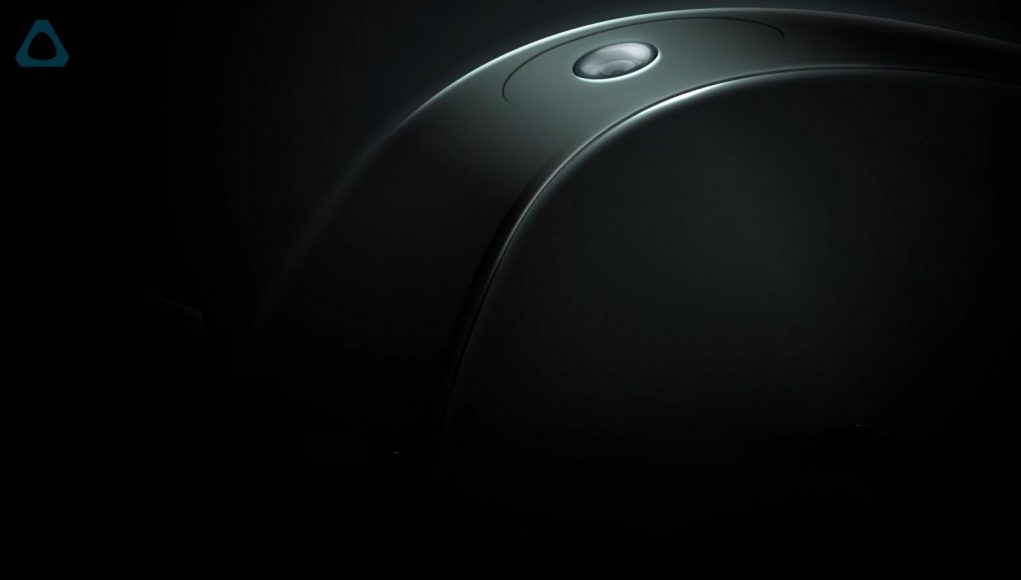You can now register for HTC’s upcoming VIVECON event. The free, online event will be held May 11th & 12th, and the company is promising to reveal “game-changing VR headsets,” (yes that’s plural headsets), alongside presentations from “industry experts, strategic partners, and special guests.”
HTC has been teasing an upcoming VR headset over the last month, and has now confirmed it will be revealed during next month’s Vivecon event. Interestingly, it seems the company may even reveal more than one headset, based on the description provided on the Vivecon website.
Keynote Event: We debut what’s new. Take a front-row seat at the VR event of the year as HTC VIVE unveils game-changing VR headsets, software, and platforms to take your experience to another level.
While the full schedule hasn’t yet been posted, it appears that the keynote will happen on May 11th at 9AM PT (see your timezone here). Registration for the free event is available now; HTC says it will email registrants additional details (likely the full event schedule and where to watch) closer to the event.
Little is known so far about what headset the company will reveal, save for some teasing photos that HTC shared earlier this month:
Some additional teasing, like the company tweeting “let’s get down to business” alongside one of the photos, suggest that the headset may be enterprise focused.
In early 2020 HTC revealed Vive Proton, a prototype compact standalone VR headset. However, we’ve heard little about Proton since then, and the designs revealed don’t seem to bear much resemblance to the newer teaser photos. Granted, it’s likely that the Proton designs could have significantly changed given that we’re more than a year removed from the initial reveal.
Beyond the headset (headsets?) reveal, HTC indicates that the event will cover several categories of XR: collaboration, training, health, design, LBE / arts, and development.









